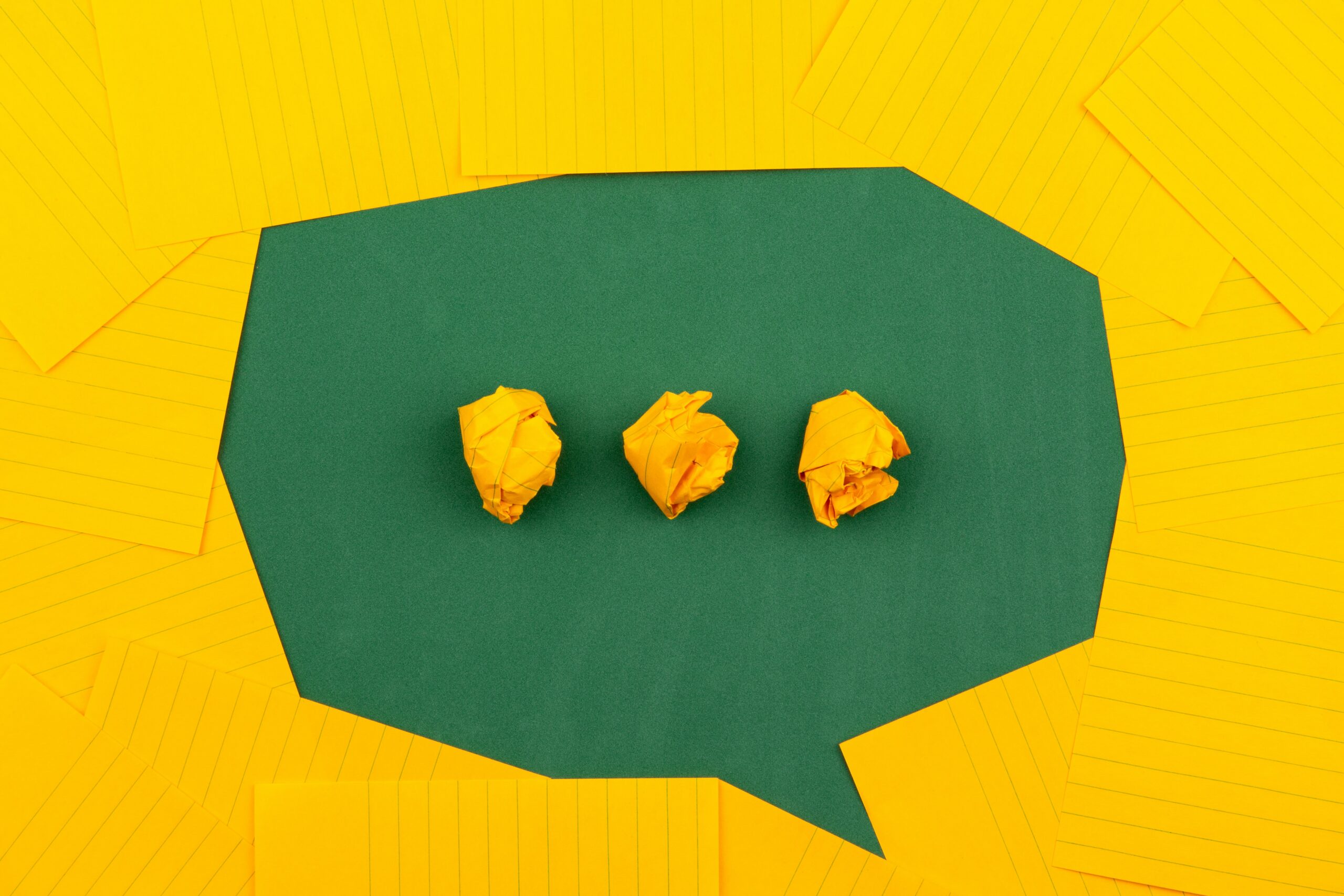“Old Media, New Media, and Knowledge”, written by J.D. Applen, discusses how technology has revolutionized the way people speak. Applen writes about this rather in-depth with the help of Walter Ong and Richard Lanhem, who we previously discussed in “Lanhem and Digital Rhetoric”.
When reading Applen’s piece, you learn a new way to view how people speak. With references and explanations, we’re able to easily identify two kinds of orality: Primary and secondary orality.
Primary Orality
As defined by Walter Ong, primary orality “describes the way people spoke, heard, and thought before the age of literacy (Applen, 6). Primary orality always requires a physical presence due to its lack of literacy. It is speech that requires no research or written material, unlike secondary orality. This differs from secondary orality, which evolved from primary orality as society did.
Secondary Orality
Walter Ong defines secondary orality as “the speaking and listening skills of people influenced by their literate background” (Applen, 6). Secondary orality is best described as written material being spoken aloud. Whereas primary orality is spontaneous, secondary orality is prepped and requires proper grammar. Secondary orality can also be heard in any person’s, who has been exposed to literacy, speech. This can be identified in the pauses a person takes to indicate the end of their sentences when speaking. The pauses show that the person has been exposed to punctuation due to their knowledge of literacy, unlike primary orality.
Applen provides a great real-world explanation in his chapter “Old Media, New Media, and Knowledge” by using newscasters as a representation of secondary orality. Newscasters are provided with written material, but relay it as if it were their own word of mouth. Secondary orality removes any spontaneity from speech and remains as permanently written or printed material. Being able to identify the differences between both primary and secondary orality allows individuals to inform themselves on their way of speech.





Leave a Reply